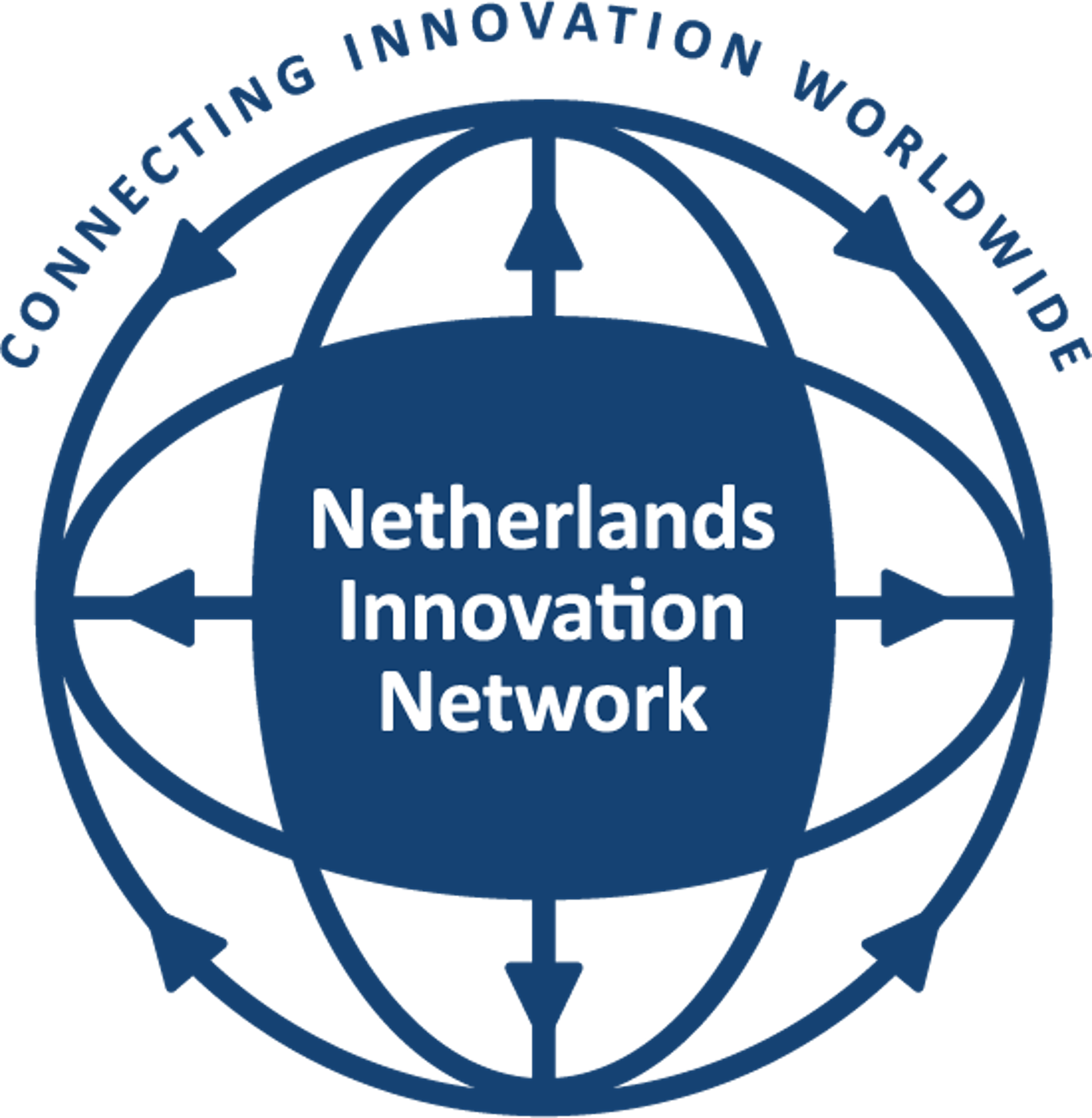Suzhou
Suzhou is home to two large industrial parks. These two parks compete for business, and the competition leads measures that enhance the attractiveness for Suzhou as a whole. For knowledge-intensive organisations, Suzhou is quickly implementing measures to boost the city’s innovative capacity. This article is based on a presentation by dr. Jiang Feng, vice chairman of the China association of the medical device industry during a medtech-partnering event in Suzhou in September.
Suzhou is a historical provincial town, where the Chinese elite would retreat in scenic gardens to unwind from their responsibilities in the big and bustling cities. Until today, Suzhou carries the reputation as a garden city; some of these ancient gardens still exist, though well hidden between concrete structures that host the lives and businesses of its 11 million residents.
With a GDP per capita higher than Shanghai, Suzhou cannot be regarded as an underdog in regional economic competition. Key to this may be a strong impetus for innovation in this region, and the successful establishment of the Suzhou Industrial Park (SIP), as well as the Suzhou New District (SND), both home to a large number of domestic and national (micro) electronics enterprises, life-science companies and research institutes, such as Philips Healthcare and the Holland High Tech Center China, a platform for the Dutch semiconductor industry in China.
What is the root of Suzhou’s success? This city seems accustomed to competition, and its successes may be the consequence of rivalry between local peers. Take, for instance, the local medtech sector, one of the prime focuses of the Suzhou municipality. Both SIP and SND aim to harbor very similar new companies and recruit similar talents. Local competition between these districts may eventually lead to a fast development of attractive selling points of these districts, and a greater influx of jobs in Suzhou.
Medtech Sector
On September 10, 2015, in a partnering event organized by the SND and its medtech organizations, Dr. Jiang Feng, vice chairman of the China association of the medical device industry, discussed issues related to the development of the medtech sector in Suzhou, and China. Given the location, he focused on potential of the SND, which he praised as an R&D focused, competitive, open, and largely independent initiative.
Dr. Feng mainly discussed his views on domestic innovation and how to improve relevant policies. The case presented itself as follows: while the medtech sector in China is enormously productive, none of the more than 16.000 registered companies rank high in any global R&D list. Dr. Feng questioned the idea that Chinese domestic products should eventually replace imported products. Instead, global partnerships should be stimulated. Furthermore, he addressed that policies should focus on increasing the ability to innovate, instead of giving directions to innovation.
One reason for the lack of Chinese industrial innovation may be the ideal of complete self-reliance in China, which is deeply rooted in Chinese companies as well. In China, many companies cover a full chain between R&D to commercialization. The consequential lack of collaboration – or shared responsibilities- inhibits innovation. These days, many companies “outsource” their internal innovation agenda to the government. Requirements from industry often do not match governmental interests, as the government focuses on disruptive and advanced innovation and therefore mainly invests in academic programs. For most companies, the results (new technologies and academic insights) are simply too advanced to implement.
For the medtech sector in Suzhou, Dr. Feng would like to give more support to incremental innovation, that lead to better design and performance of existing technologies. The government’s active role in this sector would focus on the development of a few good players. Furthermore, production and a market for low-to-middle end products should be discouraged. Suzhou should differentiate itself in areas where it is already excelling: management, design, processing and manufacturing.
Dr. Feng acknowledges that the government has recognized loopholes in the innovation schemes. Changes are under way, and according to dr. Feng, Suzhou is taking the lead in providing a transparent environment with the right ingredients for successful innovation in the medtech sector.
Reflections like Dr. Feng’s would have been surprising some years earlier. Nowadays, these words vocalize the more globalized workforce of talented local breeds and returnees, who would like to aim for competition on a global scale instead of catching up on a domestic scale. Such ideas are not limited to the medtech sector: remarks similar to dr. Feng’s may be heard throughout many innovative industries in China’s first and second tier cities.
Medtech companies that seek a connection to the Chinese market should probably not ignore Suzhou. This city has a proven ability to adapt, and knows that business thrives through competition.
Sources, further reading
- https://en.wikipedia.org/wiki/China%E2%80%93Singapore_Suzhou_Industrial_Park
- https://en.wikipedia.org/wiki/Suzhou_New_District
- http://www.nanopolis.cn/nanotechEnglish/hlgkj.htm
- http://www.chinawhisper.com/top-100-richest-cities-in-china-by-gdp-per-capita/
